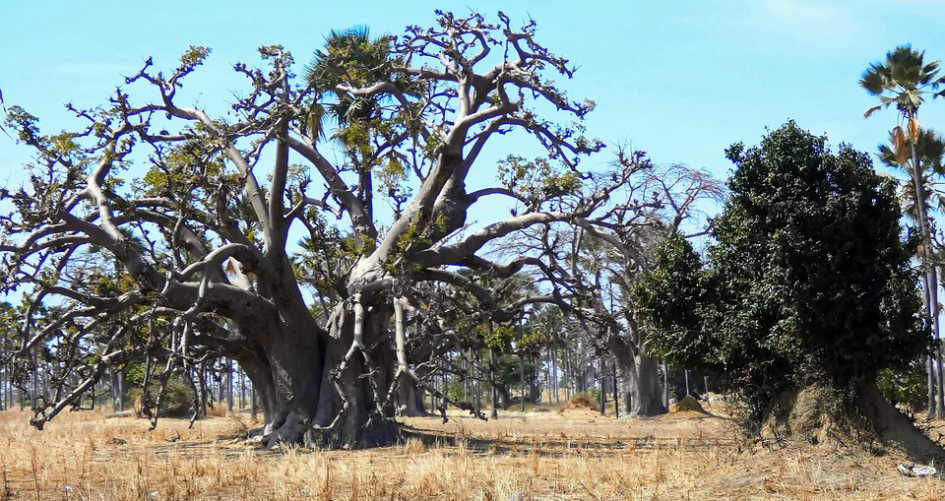Background
Article 4 of the United Nations Framework Convention on Climate Change (UNFCCC) identifies commitments of all Parties, taking into account their common but differentiated responsibilities and their specific national and regional development priorities, objectives and circumstances. In particular, Article 4, paragraph 1(d) identifies commitment to promote sustainable management, and promote and cooperate in the conservation and enhancement, as appropriate, of sinks and reservoirs of all greenhouse gases not controlled by the Montreal Protocol, including biomass, forests and oceans as well as other terrestrial, coastal and marine ecosystems. Article 4, paragraph 1(a) identifies further commitment to develop, periodically update, publish and make available to the Conference of the Parties, in accordance with Article 12, national inventories of anthropogenic emissions by sources and removals by sinks of all greenhouse gases not controlled by the Montreal Protocol, using comparable methodologies to be agreed upon by the Conference of the Parties. This commitment applies also to inventories of GHG emissions and removals from land use, land use change and forestry (LULUCF).
Reporting of the LULUCF sector
The UNFCCC reporting guidelines on annual inventories for Parties included in Annex I to the Convention (Decision 24/CP.19) provide, among others, guidance on the estimation and reporting of anthropogenic emissions by sources and removals by sinks of greenhouse gases not controlled by the Montreal Protocol caused by activities relating to LULUCF. The guidance stipulates that reporting under the UNFCC covers all anthropogenic emissions and removals from the lands included in the LULUCF sector (land based approach). In principle, this approach applies a wall-to-wall comprehensive inventory of anthropogenic sources and sinks of greenhouse gases over the land units subject to activities relating to land use, land use change and forestry.
Depending on the reporting year, the preparation of GHG inventories that are transparent, consistent, complete, comparable and accurate should be consistent with methodologies from the following IPCC guidance and guidelines documents:
Annex-I Parties
Decision 24/CP.19 Revision of the UNFCCC reporting guidelines on annual inventories for Parties included in Annex I to the Convention stipulates that Parties included in Annex I to the Convention should apply the 2006 IPCC Guidelines for National Greenhouse Gas Inventories.
The same decision encourages Annex I Parties to use the "2013 Supplement to the 2006 IPCC Guidelines for National Greenhouse Gas Inventories: Wetlands" in preparing their annual inventories under the Convention due in the year 2015 and beyond.
Non-annex-I Parties
Non-Annex I Parties submit data on LULUCF activities as part of their national communications or biennial update reports. The NCs shall be prepared in accordance with the guidelines contained in decision 17/CP.8, in which Parties agreed that Non-Annex I Parties should use the Revised 1996 Intergovernmental Panel on Climate Change (IPCC) Guidelines for National Greenhouse Gas Inventories. They are also encouraged to apply the IPCC Good Practice Guidance and Uncertainty Management in National Greenhouse Gas Inventories.
The updates of the sections on the national inventories of anthropogenic emissions by sources and removals by sinks of all GHGs not controlled by the Montreal Protocol in biennial update reports should contain updated data on activity levels based on the best information available using the Revised 1996 IPCC Guidelines for National Greenhouse Gas Inventories, the IPCC Good Practice Guidance and Uncertainty Management in National Greenhouse Gas Inventories, and the IPCC Good Practice Guidance for Land Use, Land-Use Change and Forestry .
For further information on UNFCCC reporting and review processes please also consult the transparency pages: Introduction to Transparency

